Egbert van Heemskerck II (ca 1674-1744), Behold how in the colledge hall [or Satire on Quacks and Quackery], ca. 1730. Hand-colored etching. GC021 British Cartoons and Caricatures Collection
The Dutch-English artist Egbert van Heemskerck II (ca 1674-1744) is represented in the graphic arts collection by eight hand-colored etchings. We believe these are by Heemskerck the younger, although both father and son had the same name and attribution of their works has been questioned. Originally from Haarlem, the family settled in London and Heemskerck was briefly a singer at Sadler’s Wells.
William Hogarth, another eighteenth-century painter, is said to have been fond of Heemskerck’s work and may have used this series as a reference for his Fourth Stage of Cruelty, among other works. Like Hogarth, Heemskerck first painted the series and then, had the images translated into prints for wide distribution. The eight are all satires on eighteenth-century life, with animal heads on (somewhat) human bodies. The image seen here is a satire on quacks and quackery, offering a depiction of modern medical practices.
None of the prints are titled but the artist includes a poem with each describing the scene. Here are the eight captions (spelling is Heemskerck’s):
1.Behold how in the colledge hall, the surgeons and the doctors all, Are met in consultation wise, a carcase to anatomize: the master there displays his art, sagely discants on every part, and that with ears & eyes and nose, we hear, and see, and smell, he shows.
2.As you like this, young gentlemen, play truant if you please again, how often must I give you warning, to leave your tricks and mind your learning: and as for your part Hussy, you, (I promise ye) shall have your due, I’ll teach ye how to romp about, as soon as ever I’m gone out
3.See valiant Captain Snout appears, the drum beats up for volunteers, you that are weary of your wives, and willing to live merry lives, who from the Tally man woud run, and clutches of the bailiff shun, lift under him without delay, and enter into present pay
4.A barbers shop a medley shews, of monsters, wigs, drawn-teeth and news, while one is shav’d another bleeds, a third the Grub Street Journal reads. The master full of Whig and Tory, talks politics and tells a story, and swears he is not such a sot, but that he knows full well, what’s what.
5.Now gentlemen - see here’s a piece - I hope you’ll all bid up for this. Two Guineas - thirty shillings - twenty. Sure gentlemen that will content ye. Who bids? Fifteen dye say? For shame tis not the vaule of the frame. Sixteen is bid for’t - once - twice - thrice, sixteen - tis going at half the price.
6.The gin-retailers, (if there’s any) who can by a licence get a penny, are those, who in such manner use it, as if their study was, t’abuse it: who rules and orders never mind, whose shops you may at midnight find throng’d, as with maggots in a cheese, with punks & bunters — such as these
7.While thus the revelling debauchee, dandles his mistress on his knee, th’ old baud is reckoning up the score, of all that has been spent and more. In comes the monarch of the night, and puts them in a horrid fright, the lover swears, the lady shrieks, behind the door the bully sneeks.
8.While thus the revelling debauchee, dandles his mistress on his knee, th’ old baud is reckoning up the score, of all that has been spent and more. In comes the monarch of the night, and puts them in a horrid fright, the lover swears, the lady shrieks, behind the door the bully sneeks.
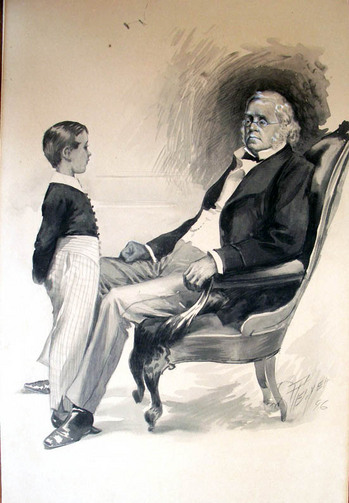
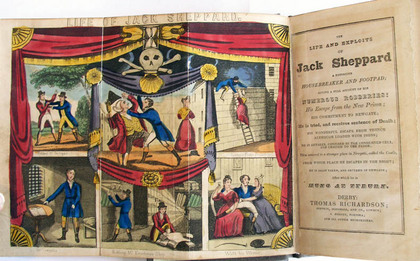
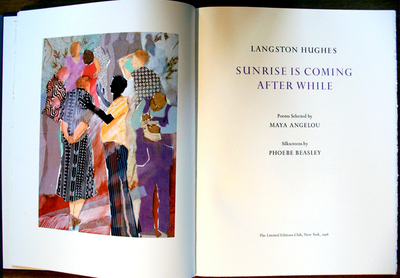
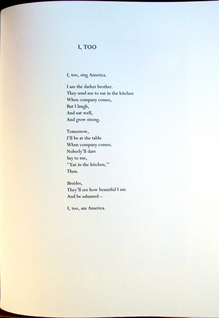
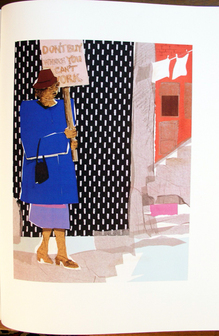
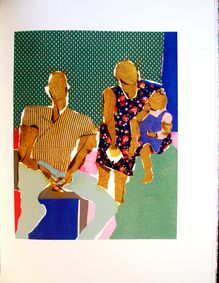
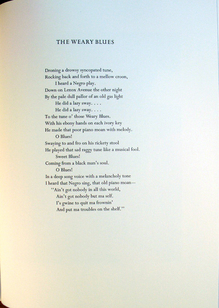

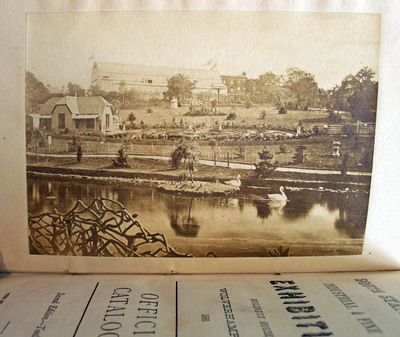
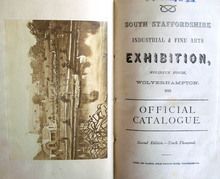
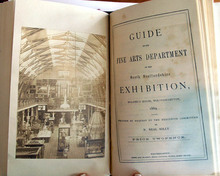
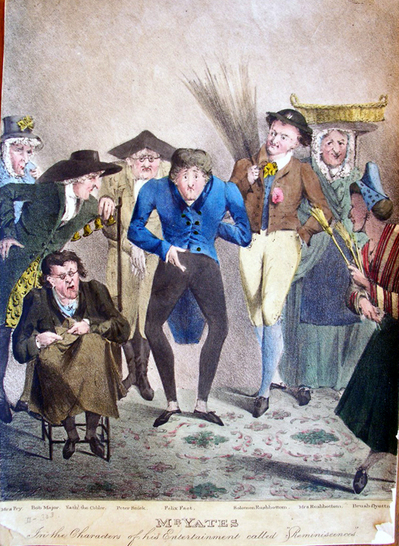
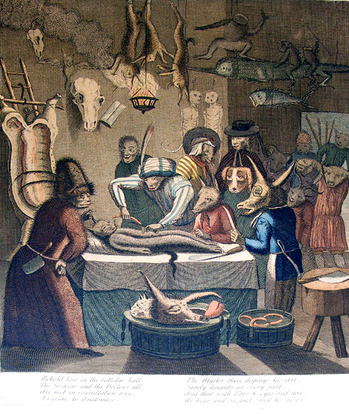
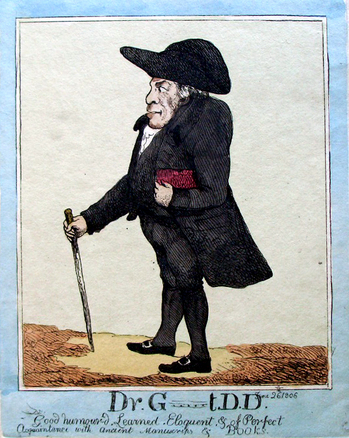
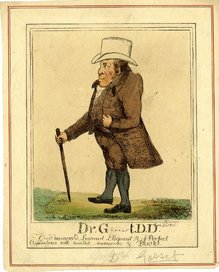
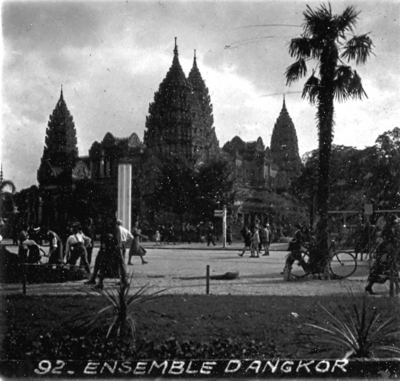
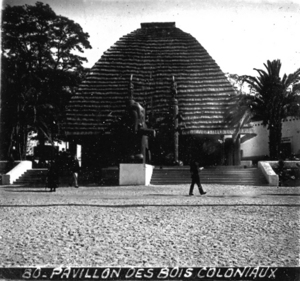
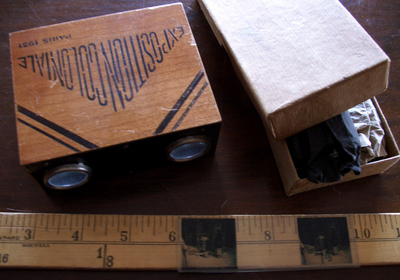
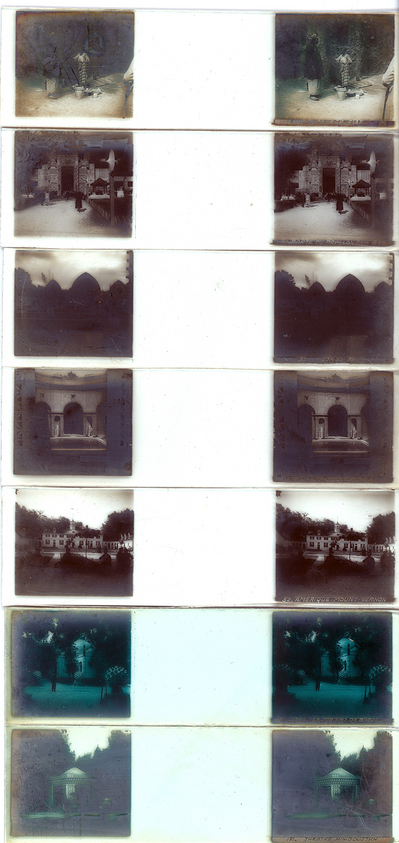
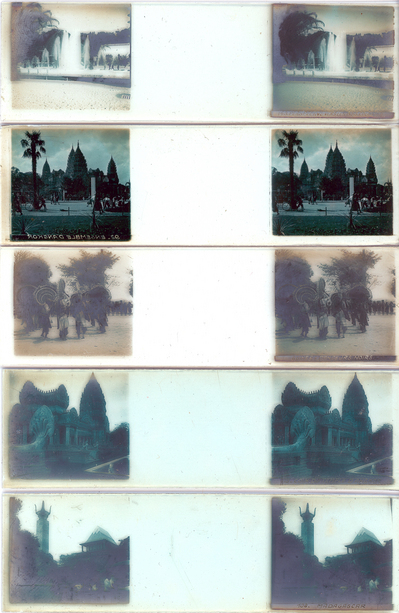


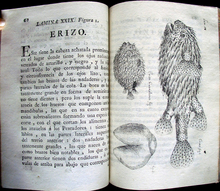
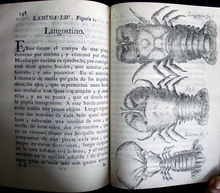
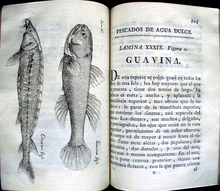
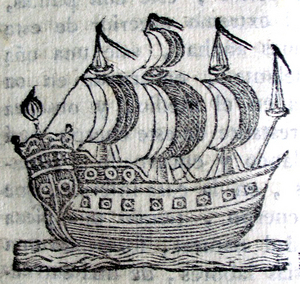
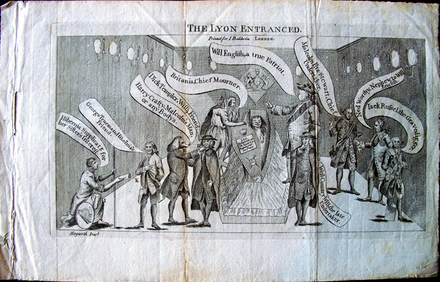
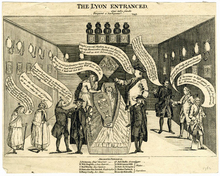
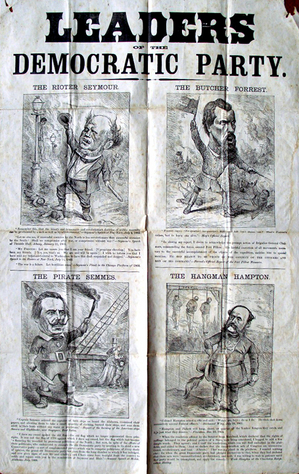
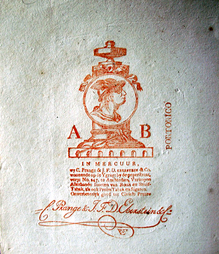
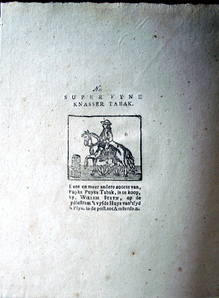
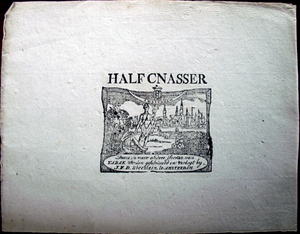
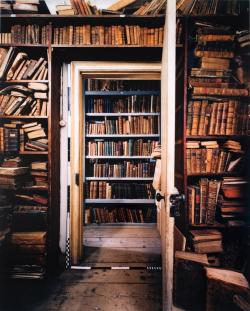
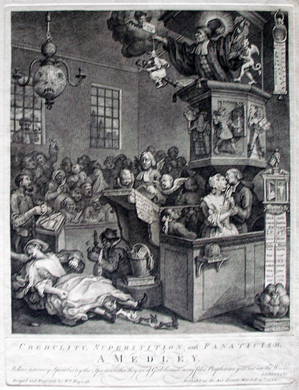
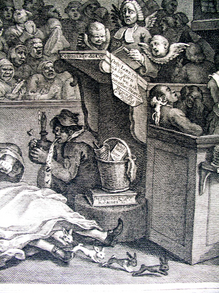
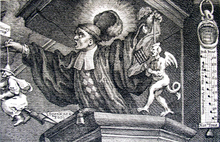
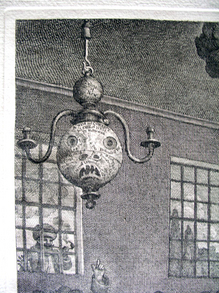
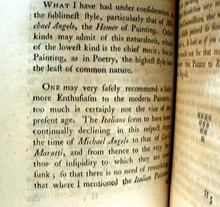
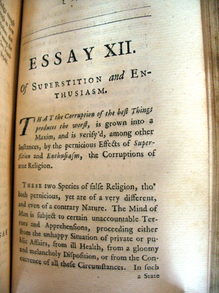
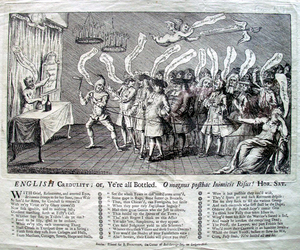
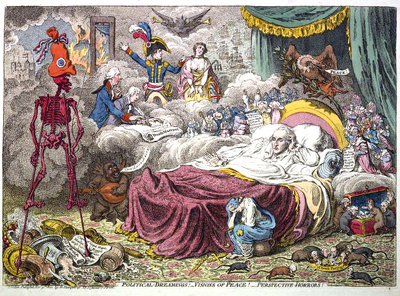
Recent Comments